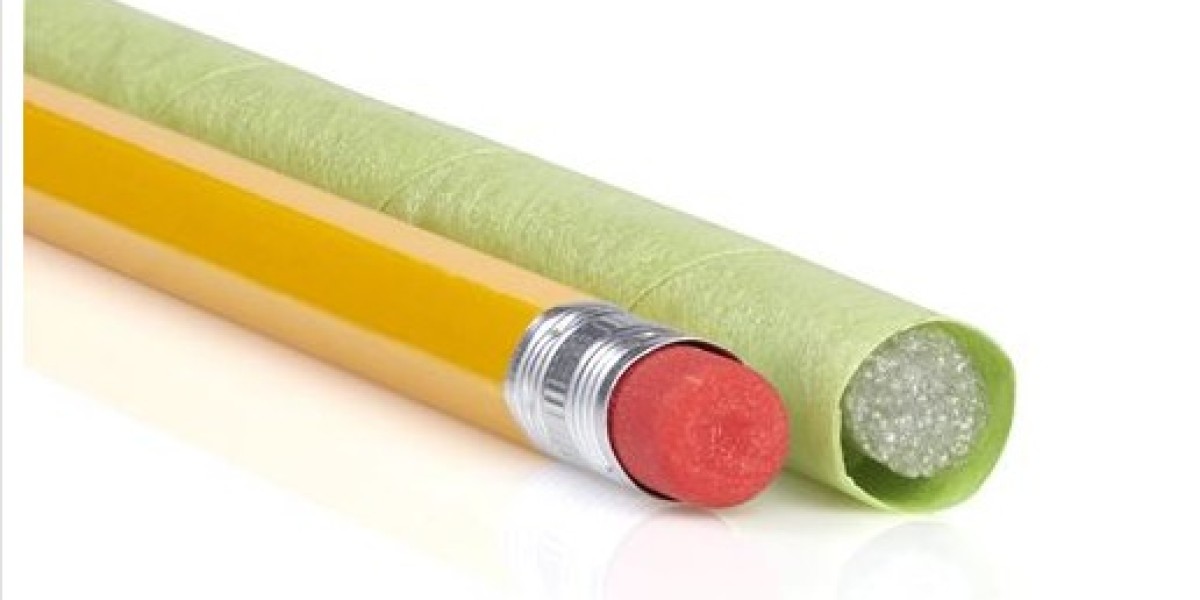In the automotive industry, the use of tapes is crucial for various applications such as masking, protection, and attachment. When it comes to automotive aperture tape, it stands out as a specialized tape designed for masking apertures, edges, and other critical areas during the painting process. This article aims to compare automotive aperture tape with other automotive tapes, highlighting their differences, applications, and benefits.
Automotive Aperture Tape
Automotive aperture tape is specifically engineered to provide precise masking for apertures and edges on vehicles. It is typically made of high-quality crepe paper or film backing with a rubber-based adhesive that offers excellent adhesion to various surfaces. The key feature of aperture tape is its ability to conform to irregular shapes and curves, ensuring clean paint lines and preventing overspray during the painting process.
One of the primary advantages of automotive aperture tape is its ability to withstand high temperatures, making it suitable for use in paint baking ovens without leaving adhesive residues or causing paint bleed-through. Additionally, aperture tape is available in different widths and can be easily torn by hand, allowing for quick and efficient application.
Other Automotive Tapes
While automotive aperture tape is designed for specific masking needs, there are several other types of tapes commonly used in the automotive industry for different purposes.
1. Masking Tape: This type of tape is widely used for general purpose masking, bundling, and holding applications. It is available in various widths and adhesive strengths, making it suitable for different surfaces and conditions. However, masking tape may not provide the precision required for masking apertures and edges.
2. Double-Sided Tape: Double-sided tape is used for attaching emblems, moldings, and trims to vehicles. It offers strong adhesion on both sides and is often used for permanent bonding applications. However, it may not be ideal for masking and painting purposes.
3. Foam Tape: Foam tape is commonly used for sealing, cushioning, and sound dampening in automotive applications. It provides a strong bond and helps reduce vibration and noise. While foam tape serves specific purposes, it does not offer the precise masking capabilities of aperture tape.
Comparison
When comparing automotive aperture tape with other automotive tapes, the key differences lie in their intended applications and capabilities. Automotive aperture tape is specifically designed for precise masking of apertures and edges during the painting process, ensuring clean paint lines and preventing paint bleed-through. Its high-temperature resistance and conformability make it a preferred choice for automotive painting applications.
On the other hand, other automotive tapes such as masking tape, double-sided tape, and foam tape serve different purposes such as general masking, attachment, and sealing. While these tapes have their own unique benefits, they may not provide the level of precision and performance required for automotive painting and masking applications.
Benefits of Automotive Aperture Tape
The use of automotive aperture tape offers several benefits that set it apart from other automotive tapes:
1. Precision Masking: Automotive aperture tape provides precise masking for apertures, edges, and curves, ensuring clean paint lines and professional results.
2. High-Temperature Resistance: It can withstand high temperatures during the paint baking process without leaving adhesive residues or causing paint bleed-through.
3. Conformability: The flexibility and conformability of aperture tape allow it to adapt to irregular shapes and contours, ensuring complete coverage during masking.
4. Easy Application: With its tearable by hand feature and availability in various widths, automotive aperture tape offers quick and efficient application.
In conclusion,
Automotive aperture tape offers unique advantages for precise masking in automotive painting applications. Its high-temperature resistance, conformability, and precise masking capabilities set it apart from other automotive tapes such as masking tape, double-sided tape, and foam tape. While each type of tape serves specific purposes in the automotive industry, automotive aperture tape remains the preferred choice for achieving professional painting results with clean paint lines and minimal overspray.
For more info: https://www.tubetape.works/what-it-is
automotive aperture tape, automotive tape comparison, best tape for masking car, automotive painting tape, high temp masking tape, masking tape for cars, car painting tips, clean paint lines car









